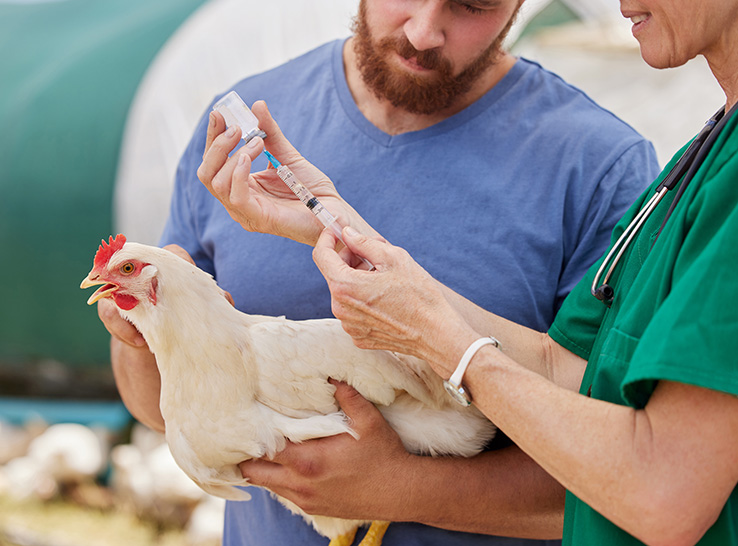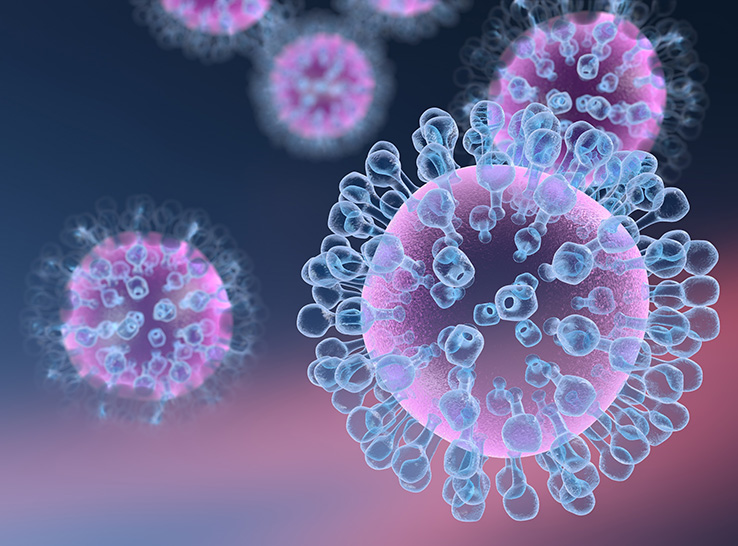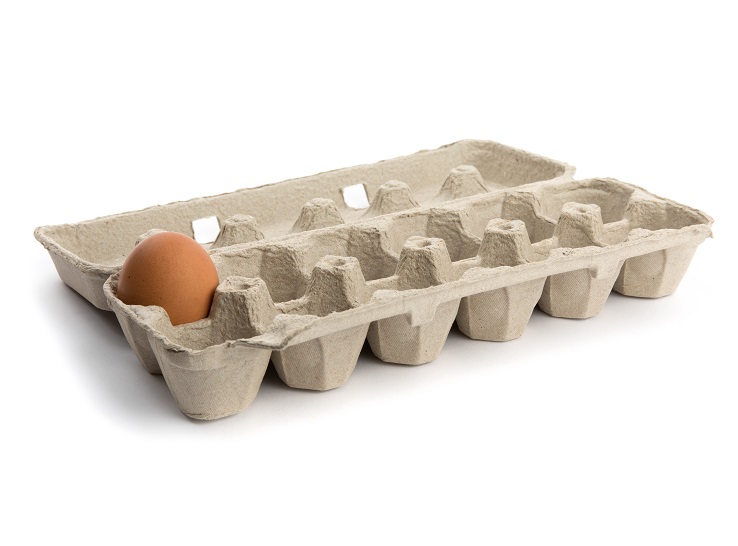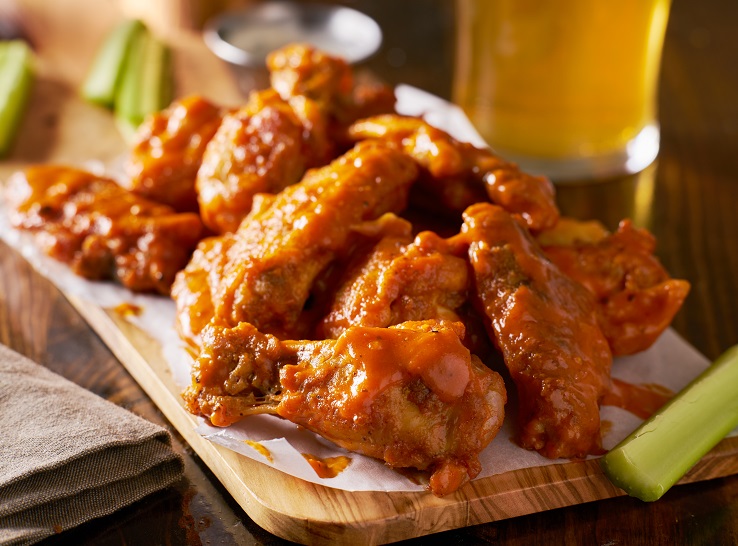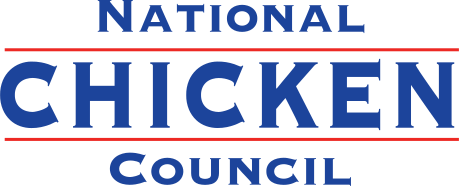Poultry producers are well aware of the catastrophic losses associated with avian influenza.
But with all the news reports about the virus — some based more on people’s perceptions than science — even those close to live production could benefit from a refresh on the virus’ transmission and control.
“Being informed about avian influenza also helps producers field questions from people outside the industry,” said Ashley Peterson, PhD, senior vice president of scientific and regulatory affairs for the National Chicken Council.
“People also need to understand what the industry is doing to mitigate its spread and ensure a robust supply of poultry for consumers.”
With that in mind, she and her colleagues at NCC put together the following Q&A to help educate industry insiders and consumers about avian influenza.
1. What is avian influenza?
Avian influenza is a disease of birds that particularly affects domestic poultry such as chickens, turkeys and ducks. All forms of avian influenza are caused by viruses. Some forms of avian influenza have only mild symptoms in birds; some are more serious and a few cause devastating illness resulting in death for most birds in a flock.
There are two classifications of bird flu – low pathogenic avian influenza (LPAI) and highly pathogenic avian influenza (HPAI). Birds that contract LPAI sometimes do not exhibit symptoms or show only mild ones, such as ruffled feathers or a decrease in egg production.
Birds with HPAI exhibit more severe symptoms, such as lack of energy or appetite, lack of coordination, coughing, sneezing or nasal secretions. HPAI may also cause high morality.
2. Can human beings get “bird flu” from live birds such as chickens?
The risk of humans contracting avian flu is very low, according to the Centers for Disease Control and Prevention (CDC). Scientists say bird flu is not easily transmitted from birds to humans.
There are obvious risk factors for the transmission of the virus from live birds to people. Unless human beings are directly exposed to blood or excrement of infected poultry, avian influenza is a disease of birds, not humans.
3. Do other birds get avian influenza?
Some other species of birds are known to pick up avian influenza from poultry. In the case of H5N1, the disease is so severe that the other birds will often die before they spread it over a wide region. In the 2004-2006 outbreaks in Southeast Asia, some people thought the Asian form of avian influenza could be carried to the United States by wild birds flying from Siberia to Alaska. This did not happen.
4. If a person gets “bird flu,” can he or she give it easily to other human beings?
According to the CDC, “sustained transmission” of avian influenza from human to human has NOT occurred. Despite the fact that millions of birds got sick and died in the middle of human populations in Southeast Asia in 2004-2006, “sustained transmission” did not occur.
5. What is the status of HPAI incidents in the United States?
The US Department of Agriculture’s (USDA) Animal and Plant Health Inspection Service (APHIS) tracks confirmed cases of HPAI:
https://www.aphis.usda.gov/aphis/ourfocus/animalhealth/animal-disease-information/avian/avian-influenza/2022-hpai
APHIS is working closely with state animal health officials on joint incident responses. State officials quarantined the affected premises, and birds on the properties were depopulated to prevent the spread of the disease.
Birds from the flocks will not enter the food system.
6. What are chicken producers doing to prevent avian influenza?
Avian flu is a serious issue that chicken farmers closely monitor together with the USDA and poultry industry. The U.S. has the most robust monitoring and surveillance programs in the world – and detailed plans in place to control spreading among flocks and eliminate the virus completely. All U.S. flocks are tested year-round for avian influenza, and if a single bird in a flock were to test positive for avian flu, then none of those birds would be allowed to enter the food supply.
Farmers, the USDA and the poultry industry as a whole continue to monitor for the virus closely. They also have increased surveillance and biosecurity measures to keep flocks protected. Good biosecurity practices on the farm are key to preventing avian influenza from infecting the birds.
The following biosecurity measures are the most important to prevent disease spread and promote flock health:
- Limiting visitors on the farm and minimizing foot traffic;
- Avoiding contact with wild and domestic fowl;
- Avoiding the sharing of farm equipment;
- Having a clean and functioning footbath at each entrance to the broiler house;
- Ensuring that all visitors or personnel have disinfected or new footwear before entering a house or facility;
- Making sure feed and water sources are covered and free of contaminants, limiting the attraction of wild fowl and pests;
- Having official signage clearly stating the farm is a biosecure zone and any unauthorized entry is strictly prohibited;
- Employing effective pest and wild bird management practices; and
- Adequately training farmers, farm and company personnel in biosecurity and disease prevention.
For more information, watch the video, “Biosecurity and Health Management on Chicken Farms.”
Editor’s note: Content on Modern Poultry’s Industry Insights pages is provided and/or commissioned by our sponsors, who assume full responsibility for its accuracy and compliance.

